Yucheng Wang
Kimi Linear: An Expressive, Efficient Attention Architecture
Oct 30, 2025Abstract:We introduce Kimi Linear, a hybrid linear attention architecture that, for the first time, outperforms full attention under fair comparisons across various scenarios -- including short-context, long-context, and reinforcement learning (RL) scaling regimes. At its core lies Kimi Delta Attention (KDA), an expressive linear attention module that extends Gated DeltaNet with a finer-grained gating mechanism, enabling more effective use of limited finite-state RNN memory. Our bespoke chunkwise algorithm achieves high hardware efficiency through a specialized variant of the Diagonal-Plus-Low-Rank (DPLR) transition matrices, which substantially reduces computation compared to the general DPLR formulation while remaining more consistent with the classical delta rule. We pretrain a Kimi Linear model with 3B activated parameters and 48B total parameters, based on a layerwise hybrid of KDA and Multi-Head Latent Attention (MLA). Our experiments show that with an identical training recipe, Kimi Linear outperforms full MLA with a sizeable margin across all evaluated tasks, while reducing KV cache usage by up to 75% and achieving up to 6 times decoding throughput for a 1M context. These results demonstrate that Kimi Linear can be a drop-in replacement for full attention architectures with superior performance and efficiency, including tasks with longer input and output lengths. To support further research, we open-source the KDA kernel and vLLM implementations, and release the pre-trained and instruction-tuned model checkpoints.
InfiAgent: Self-Evolving Pyramid Agent Framework for Infinite Scenarios
Sep 26, 2025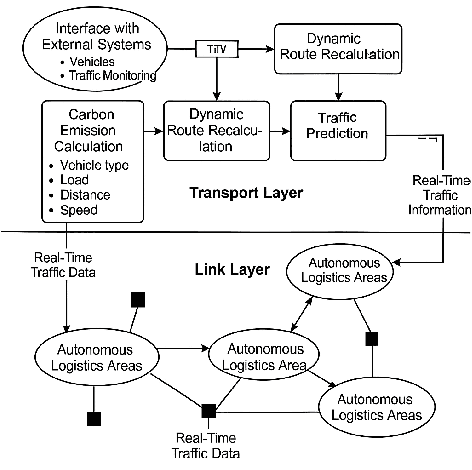
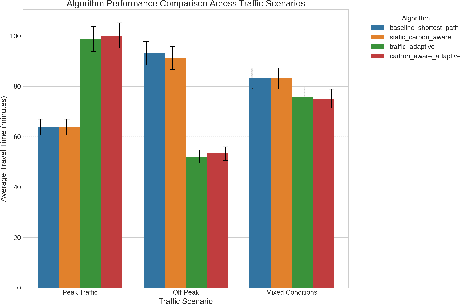


Abstract:Large Language Model (LLM) agents have demonstrated remarkable capabilities in organizing and executing complex tasks, and many such agents are now widely used in various application scenarios. However, developing these agents requires carefully designed workflows, carefully crafted prompts, and iterative tuning, which requires LLM techniques and domain-specific expertise. These hand-crafted limitations hinder the scalability and cost-effectiveness of LLM agents across a wide range of industries. To address these challenges, we propose \textbf{InfiAgent}, a Pyramid-like DAG-based Multi-Agent Framework that can be applied to \textbf{infi}nite scenarios, which introduces several key innovations: a generalized "agent-as-a-tool" mechanism that automatically decomposes complex agents into hierarchical multi-agent systems; a dual-audit mechanism that ensures the quality and stability of task completion; an agent routing function that enables efficient task-agent matching; and an agent self-evolution mechanism that autonomously restructures the agent DAG based on new tasks, poor performance, or optimization opportunities. Furthermore, InfiAgent's atomic task design supports agent parallelism, significantly improving execution efficiency. This framework evolves into a versatile pyramid-like multi-agent system capable of solving a wide range of problems. Evaluations on multiple benchmarks demonstrate that InfiAgent achieves 9.9\% higher performance compared to ADAS (similar auto-generated agent framework), while a case study of the AI research assistant InfiHelper shows that it generates scientific papers that have received recognition from human reviewers at top-tier IEEE conferences.
Handling Students Dropouts in an LLM-driven Interactive Online Course Using Language Models
Aug 24, 2025Abstract:Interactive online learning environments, represented by Massive AI-empowered Courses (MAIC), leverage LLM-driven multi-agent systems to transform passive MOOCs into dynamic, text-based platforms, enhancing interactivity through LLMs. This paper conducts an empirical study on a specific MAIC course to explore three research questions about dropouts in these interactive online courses: (1) What factors might lead to dropouts? (2) Can we predict dropouts? (3) Can we reduce dropouts? We analyze interaction logs to define dropouts and identify contributing factors. Our findings reveal strong links between dropout behaviors and textual interaction patterns. We then propose a course-progress-adaptive dropout prediction framework (CPADP) to predict dropouts with at most 95.4% accuracy. Based on this, we design a personalized email recall agent to re-engage at-risk students. Applied in the deployed MAIC system with over 3,000 students, the feasibility and effectiveness of our approach have been validated on students with diverse backgrounds.
Adapting LLMs to Time Series Forecasting via Temporal Heterogeneity Modeling and Semantic Alignment
Aug 10, 2025Abstract:Large Language Models (LLMs) have recently demonstrated impressive capabilities in natural language processing due to their strong generalization and sequence modeling capabilities. However, their direct application to time series forecasting remains challenging due to two fundamental issues: the inherent heterogeneity of temporal patterns and the modality gap between continuous numerical signals and discrete language representations. In this work, we propose TALON, a unified framework that enhances LLM-based forecasting by modeling temporal heterogeneity and enforcing semantic alignment. Specifically, we design a Heterogeneous Temporal Encoder that partitions multivariate time series into structurally coherent segments, enabling localized expert modeling across diverse temporal patterns. To bridge the modality gap, we introduce a Semantic Alignment Module that aligns temporal features with LLM-compatible representations, enabling effective integration of time series into language-based models while eliminating the need for handcrafted prompts during inference. Extensive experiments on seven real-world benchmarks demonstrate that TALON achieves superior performance across all datasets, with average MSE improvements of up to 11\% over recent state-of-the-art methods. These results underscore the effectiveness of incorporating both pattern-aware and semantic-aware designs when adapting LLMs for time series forecasting. The code is available at: https://github.com/syrGitHub/TALON.
BEE-RAG: Balanced Entropy Engineering for Retrieval-Augmented Generation
Aug 07, 2025Abstract:With the rapid advancement of large language models (LLMs), retrieval-augmented generation (RAG) has emerged as a critical approach to supplement the inherent knowledge limitations of LLMs. However, due to the typically large volume of retrieved information, RAG tends to operate with long context lengths. From the perspective of entropy engineering, we identify unconstrained entropy growth and attention dilution due to long retrieval context as significant factors affecting RAG performance. In this paper, we propose the balanced entropy-engineered RAG (BEE-RAG) framework, which improves the adaptability of RAG systems to varying context lengths through the principle of entropy invariance. By leveraging balanced context entropy to reformulate attention dynamics, BEE-RAG separates attention sensitivity from context length, ensuring a stable entropy level. Building upon this, we introduce a zero-shot inference strategy for multi-importance estimation and a parameter-efficient adaptive fine-tuning mechanism to obtain the optimal balancing factor for different settings. Extensive experiments across multiple RAG tasks demonstrate the effectiveness of BEE-RAG.
Reinforced Informativeness Optimization for Long-Form Retrieval-Augmented Generation
May 27, 2025Abstract:Long-form question answering (LFQA) presents unique challenges for large language models, requiring the synthesis of coherent, paragraph-length answers. While retrieval-augmented generation (RAG) systems have emerged as a promising solution, existing research struggles with key limitations: the scarcity of high-quality training data for long-form generation, the compounding risk of hallucination in extended outputs, and the absence of reliable evaluation metrics for factual completeness. In this paper, we propose RioRAG, a novel reinforcement learning (RL) framework that advances long-form RAG through reinforced informativeness optimization. Our approach introduces two fundamental innovations to address the core challenges. First, we develop an RL training paradigm of reinforced informativeness optimization that directly optimizes informativeness and effectively addresses the slow-thinking deficit in conventional RAG systems, bypassing the need for expensive supervised data. Second, we propose a nugget-centric hierarchical reward modeling approach that enables precise assessment of long-form answers through a three-stage process: extracting the nugget from every source webpage, constructing a nugget claim checklist, and computing rewards based on factual alignment. Extensive experiments on two LFQA benchmarks LongFact and RAGChecker demonstrate the effectiveness of the proposed method. Our codes are available at https://github.com/RUCAIBox/RioRAG.
C-LoRA: Contextual Low-Rank Adaptation for Uncertainty Estimation in Large Language Models
May 23, 2025Abstract:Low-Rank Adaptation (LoRA) offers a cost-effective solution for fine-tuning large language models (LLMs), but it often produces overconfident predictions in data-scarce few-shot settings. To address this issue, several classical statistical learning approaches have been repurposed for scalable uncertainty-aware LoRA fine-tuning. However, these approaches neglect how input characteristics affect the predictive uncertainty estimates. To address this limitation, we propose Contextual Low-Rank Adaptation (\textbf{C-LoRA}) as a novel uncertainty-aware and parameter efficient fine-tuning approach, by developing new lightweight LoRA modules contextualized to each input data sample to dynamically adapt uncertainty estimates. Incorporating data-driven contexts into the parameter posteriors, C-LoRA mitigates overfitting, achieves well-calibrated uncertainties, and yields robust predictions. Extensive experiments demonstrate that C-LoRA consistently outperforms the state-of-the-art uncertainty-aware LoRA methods in both uncertainty quantification and model generalization. Ablation studies further confirm the critical role of our contextual modules in capturing sample-specific uncertainties. C-LoRA sets a new standard for robust, uncertainty-aware LLM fine-tuning in few-shot regimes.
Aux-Think: Exploring Reasoning Strategies for Data-Efficient Vision-Language Navigation
May 17, 2025Abstract:Vision-Language Navigation (VLN) is a critical task for developing embodied agents that can follow natural language instructions to navigate in complex real-world environments. Recent advances in VLN by large pretrained models have significantly improved generalization and instruction grounding compared to traditional approaches. However, the role of reasoning strategies in navigation-an action-centric, long-horizon task-remains underexplored, despite Chain-of-Thought (CoT) reasoning's demonstrated success in static tasks like visual question answering. To address this gap, we conduct the first systematic evaluation of reasoning strategies for VLN, including No-Think (direct action prediction), Pre-Think (reason before action), and Post-Think (reason after action). Surprisingly, our findings reveal the Inference-time Reasoning Collapse issue, where inference-time reasoning degrades navigation accuracy, highlighting the challenges of integrating reasoning into VLN. Based on this insight, we propose Aux-Think, a framework that trains models to internalize structured reasoning patterns through CoT supervision, while inferring action directly without reasoning in online prediction. To support this framework, we release R2R-CoT-320k, the first Chain-of-Thought annotated dataset for VLN. Extensive experiments show that Aux-Think reduces training effort greatly and achieves the best performance under the same data scale.
Unveiling Knowledge Utilization Mechanisms in LLM-based Retrieval-Augmented Generation
May 17, 2025
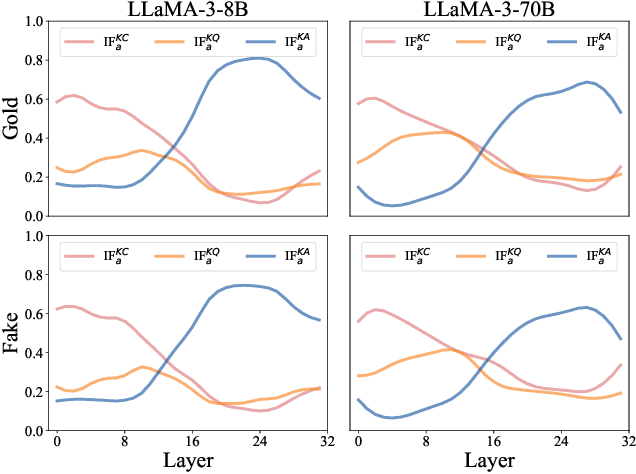
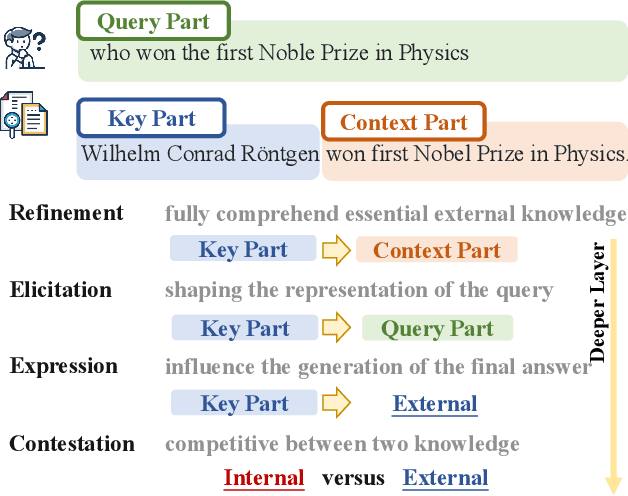
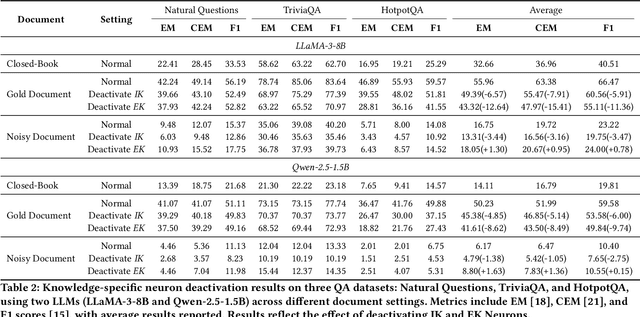
Abstract:Considering the inherent limitations of parametric knowledge in large language models (LLMs), retrieval-augmented generation (RAG) is widely employed to expand their knowledge scope. Since RAG has shown promise in knowledge-intensive tasks like open-domain question answering, its broader application to complex tasks and intelligent assistants has further advanced its utility. Despite this progress, the underlying knowledge utilization mechanisms of LLM-based RAG remain underexplored. In this paper, we present a systematic investigation of the intrinsic mechanisms by which LLMs integrate internal (parametric) and external (retrieved) knowledge in RAG scenarios. Specially, we employ knowledge stream analysis at the macroscopic level, and investigate the function of individual modules at the microscopic level. Drawing on knowledge streaming analyses, we decompose the knowledge utilization process into four distinct stages within LLM layers: knowledge refinement, knowledge elicitation, knowledge expression, and knowledge contestation. We further demonstrate that the relevance of passages guides the streaming of knowledge through these stages. At the module level, we introduce a new method, knowledge activation probability entropy (KAPE) for neuron identification associated with either internal or external knowledge. By selectively deactivating these neurons, we achieve targeted shifts in the LLM's reliance on one knowledge source over the other. Moreover, we discern complementary roles for multi-head attention and multi-layer perceptron layers during knowledge formation. These insights offer a foundation for improving interpretability and reliability in retrieval-augmented LLMs, paving the way for more robust and transparent generative solutions in knowledge-intensive domains.
DREAM: Disentangling Risks to Enhance Safety Alignment in Multimodal Large Language Models
Apr 25, 2025Abstract:Multimodal Large Language Models (MLLMs) pose unique safety challenges due to their integration of visual and textual data, thereby introducing new dimensions of potential attacks and complex risk combinations. In this paper, we begin with a detailed analysis aimed at disentangling risks through step-by-step reasoning within multimodal inputs. We find that systematic multimodal risk disentanglement substantially enhances the risk awareness of MLLMs. Via leveraging the strong discriminative abilities of multimodal risk disentanglement, we further introduce \textbf{DREAM} (\textit{\textbf{D}isentangling \textbf{R}isks to \textbf{E}nhance Safety \textbf{A}lignment in \textbf{M}LLMs}), a novel approach that enhances safety alignment in MLLMs through supervised fine-tuning and iterative Reinforcement Learning from AI Feedback (RLAIF). Experimental results show that DREAM significantly boosts safety during both inference and training phases without compromising performance on normal tasks (namely oversafety), achieving a 16.17\% improvement in the SIUO safe\&effective score compared to GPT-4V. The data and code are available at https://github.com/Kizna1ver/DREAM.
 Add to Chrome
Add to Chrome Add to Firefox
Add to Firefox Add to Edge
Add to Edge